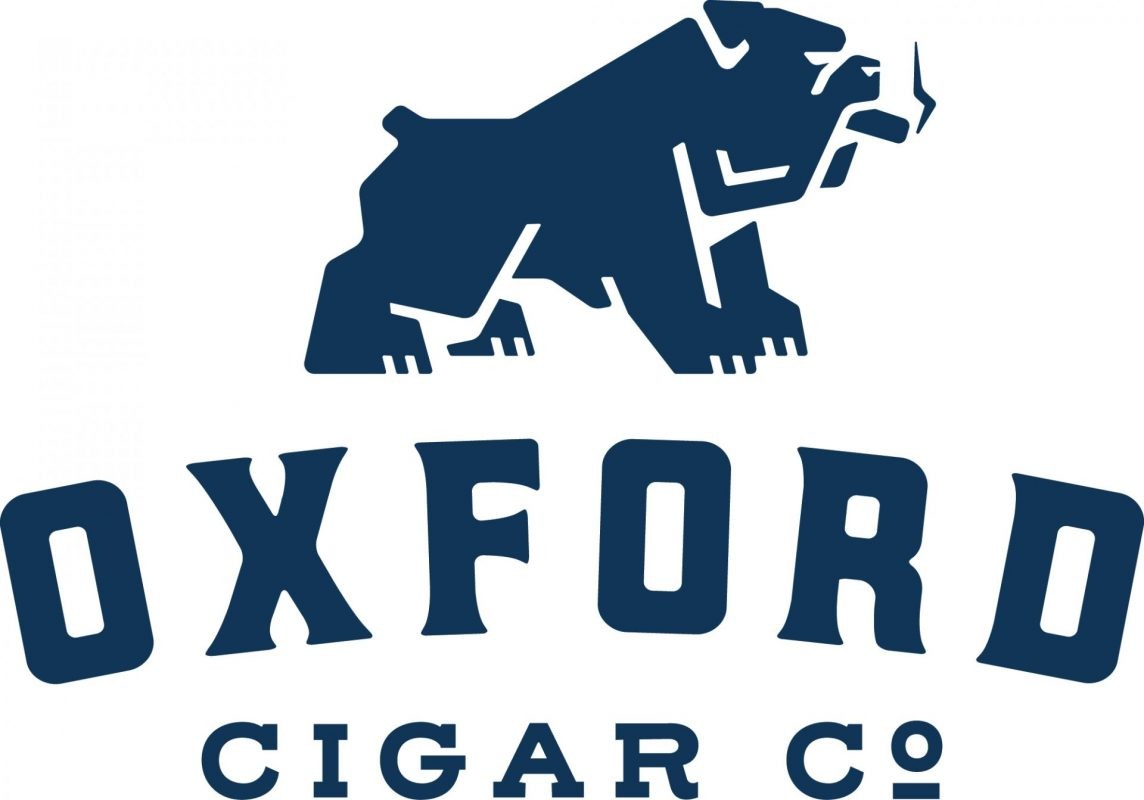News
The UTL: California’s New Tobacco Red Tape
California has never been shy about wielding its regulatory pen, but its latest maneuver demonstrates just how far officials are willing to stretch their authority. On August 6th, the California Attorney General’s Office announced an emergency rulemaking package to implement Assembly Bill 3218, which mandates the creation of an Unflavored Tobacco List (UTL). The UTL will function as California’s state registry of products classified as “unflavored” and therefore legal to sell. Any product not on the list will be presumed “flavored” and automatically barred from California shelves.
This heavy handed approach reflects a troubling pattern in Sacramento, where sweeping policies on tobacco are advanced without meaningful debate and limited stakeholder input.
How We Got Here
In August 2020, the California General Assembly passed Senate Bill 793, a ban on flavored tobacco promoted as a measure to protect youth. The law carved out an exemption for “premium cigars,” but only those meeting a narrow five-part definition: the cigar must be handmade, not mass-produced by mechanization, wrapped entirely in whole tobacco leaf, sold wholesale for no less than $12, free of filters, tips, or non-tobacco mouthpieces, and finished with a hand-applied cap. While the carve out was notable, it was redundant from the start for premium cigars (see note 1 below) as they contain only natural tobacco and are made by hand. It is important to note that while premium cigars were included in SB 793, comprehensive literature reviews show that there is nearly no youth use of premium cigars in the US which reinforces the fact that premium cigars should never have been part of this bill.
The law was slated to take effect on January 1, 2021, but its implementation was delayed after major tobacco companies, including R.J. Reynolds and Philip Morris USA, poured resources into a referendum effort to overturn it.
The companies succeeded in gathering enough signatures to place the issue before voters in the form of Proposition 31 during the November 2022 General Election. Californians ultimately rejected this appeal effort, by a margin of roughly 63% to 37%. With this rejection, California’s flavor ban went into effect on January 1, 2023.
From Narrow Fix to Regulatory Overreach
Despite lawmakers’ intentions, the flavor ban didn’t make flavored products disappear. They continued to show up on store shelves. Regulators, frustrated by weak enforcement tools, responded with Assembly Bill 3218 and the proposed creation of the UTL. At first, the bill was sold as a modest fix: no registration fees, limited reach, and little impact on premium cigars. By the end of the process, it had ballooned into something much larger.
In a stroke of legislative laziness, in what was pitched as a way to crack down on flavored mass-market tobacco products and vapes and e-cigarettes, the language was drawn so broadly that it swept in every tobacco product, premium cigars included. The only escape for premium cigars was through an exemption that was the five-part definition created under SB 793.
While the industry has never opposed four of those criteria, the sticking point is the fifth, an arbitrary $12 wholesale price point. That single requirement renders the exemption largely meaningless, as nearly the entire market sells below that threshold and faces the prospect of slogging through the registration process just to prove it isn’t flavored. And that process is not cheap. To be listed on the UTL, the California Department of Justice (DOJ) will collect an initial application and fee of $300.00 per brand style (see note 2 below) and an annual renewal fee of $150.00 per brand style. DOJ will also collect al fee of $150.00 per brand style on applications for “variants”—i.e., similar iterations of products for which an initial form has already been filed, such as the same premium cigar sold in different quantities per package. In practice, a single “brand style” can generate dozens of “variants” applications.
With the premium cigar market having more than 20,000 SKU’s, the UTL process will be a difficult process for all involved. What began as a narrow enforcement tool has instead morphed into another layer of bureaucracy, costly, cumbersome, and punishing to small businesses that had nothing to do with the problem regulators claimed they were solving.
Whats Next
While CRA applauds the efforts of public policy health agencies to curb youth usage, access, and initiation, this emergency action by the state is a regulatory overreach disguised as urgency. California faces many legitimate challenges, but premium cigars are not one of them. The continued fixation on this segment of the market reflects a fundamental disconnect between the state’s policymaking apparatus and the realities of adult-use of premium cigars.
CRA filed a formal comment in opposition to the emergency regulation on Tuesday August 19th. With the closing of the comment period, if nothing changes in the proposed regulation, manufacturers or importers seeking to list their products on the UTL must submit applications by September 1, 2025, or 45 days after the adoption of the proposed regulations—whichever is later. The UTL will be live on the DOJ’s website on or prior to December 31, 2025.
Note 1: The U.S. Food & Drug Administration’s Center for Tobacco Products defines a premium cigar as follows: (1) are wrapped in whole tobacco leaf; (2) contain a 100 percent leaf tobacco binder; (3) contain at least 50 percent (of the filler by weight) long filler tobacco; (4) are handmade or hand rolled; (5) have no filter, nontobacco tip, or nontobacco mouthpiece; (6) do not have a characterizing flavor other than tobacco; (7) contain only tobacco, water, and vegetable gum with no other ingredients or additives; and (8) weigh more than 6 pounds per 1,000 units.
Note 2: “Brand style” means a style of tobacco product within a brand that is differentiated from other styles of that brand by weight, volume, size, Universal Product Code [(“UPC”)], Stock Keeping Unit [(“SKU”)], nicotine content, characterizing flavor, logo, symbol, motto, labeling, marketing, materials, packaging, or other indicia of product identification.
The post The UTL: California’s New Tobacco Red Tape appeared first on Cigar Rights.


